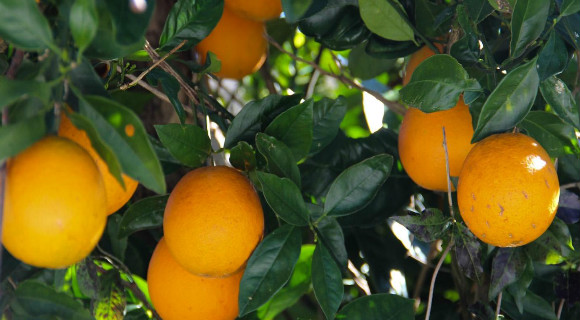Florida Citrus Industry Experiences Worst Season Since World War II
By Sunshine State News // June 13, 2018
produced 44.95 million 90-pound boxes of oranges

(SUNSHINE STATE NEWS) – Florida’s citrus industry experienced its worst growing season since World War II as the hurricane-battered harvest is now essentially complete.
The latest forecast numbers from the U.S. Department of Agriculture show no change in the past month for orange production, which is off 34.7 percent from the prior growing season. Meanwhile, grapefruit production has fallen another 1.8 percent from a May forecast, coming in at half of what was picked in the prior growing season and at its lowest level in nearly a century.
“This brings a very difficult citrus season to a close,” Shannon Shepp, executive director of the Florida Department of Citrus, said in a prepared statement. “We look forward to a quiet, resilient season in the fall.”
Agriculture Commissioner Adam Putnam called the season, which included devastation from Hurricane Irma and continued battles with deadly citrus greening disease, “horrible.”
“It’s important to remember that the industry is still recovering from Hurricane Irma’s unprecedented damage last year,” Putnam said in a statement.
The season produced 44.95 million 90-pound boxes of oranges, 3.88 million similar-sized boxes of grapefruit and 750,000 boxes of specialty fruits, which include tangelos and tangerines.
A year ago, the industry which has struggled against development and for a decade against citrus greening, produced enough oranges, grapefruit and other fruits to fill a combined 78.23 million boxes, which itself was a 16.7 percent drop from the 2015-2016 season.
The combined 49.58 million boxes this year marks the lowest yield for growers since they filled 48.65 million boxes in the 1941-1942 season. By 1950, the industry was producing 100 million boxes a year.
CLICK HERE TO READ FULL ARTICLE ON SUNSHINE STATE NEWS
CLICK HERE FOR BREVARD COUNTY NEWS













